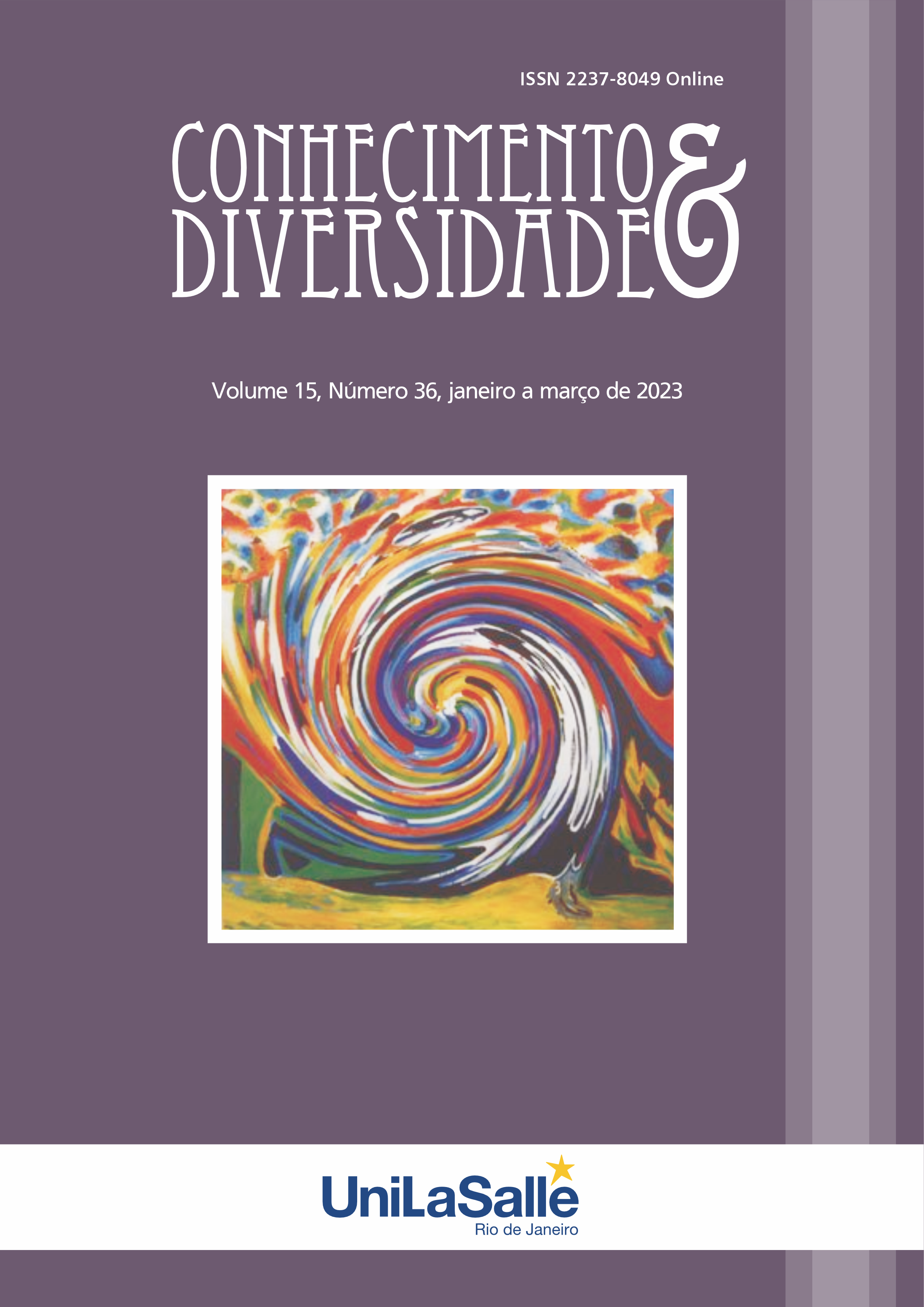EXAMINATION OF UNIVERSITY STUDENTS' MOTIVATIONS TO PARTICIPATE IN PHYSICAL ACTIVITY
DOI:
https://doi.org/10.18316/rcd.v15i36.10799Palabras clave:
Physical Activity, Motivation, Smoking.Resumen
The purpose of this study is to examine at the elements that influence Idr University students' motivation to participate in physical exercise. This study enlisted the help of 300 students. The consequences of smoking, living status, and gender on university students' motivation to exercise were explored. The Motivation Scale to Participate in Physical Activity (MSPPA), which Tekkurşun and Cicioglu (2018) adapted into Turkish, was used to assess the learners' motivation to participate in physical activity. As a result, both female and male students in the research appear to be highly motivated to engage in physical exercise. It is recognised that environmental and individual variables influence both groups' engagement in physical exercise favorably. It was shown that students who live with their family and students who do not smoke are more motivated to engage in physical activity.
Citas
Boone, S. D., &Brausch, A. M. (2016). Physical Activity, Exercise Motivations, Depression, and Nonsuicidal Self‐Injury in Youth. Suicide and Life‐Threatening Behavior, 46(5), 625-633.
Cetin C., Erdogan A., Yolcu M. (2008). Baydar M. L., Measuring Daily Physical Activity of the Students of the Department of Physical Therapy and Rehabilitation with Metabolic Holter: Ankara University Faculty of Medicine Journal. 61(4) 196-201.
Dagkas S., Stathi A. (2007). Exploring Social and environmental factors affecting adolescents' participation in physical activity. European Physical Education Review. 13(3):369–384.
Demir G. T., Cicioglu H.I. (2018). Scale of Motivation to Participate in Physical Activity (SMPPA): Validity and reliability study. International Journal of Human Sciences. 15(4), 2479-2492.
Dilek A.N. (2022). Investigation of Sports Sciences Faculty Students' Motivation for Participation in Physical Activity in Terms of Various Variables. The Asian Institute of Research Education Quarterly Reviews. 5(4), 79-89.
Erdogan, R. (2021). determination of the nutritional habits and physical activity levels of the students of the school of physical education and sport during the pandemic period. OPUS– International Journal of Society Researches, 17(Pandemi Special Issue), 3276-3295.
Erdogan, R., & Bozkurt, E., & Tel, M. (2021). Investigation of healthy life and physical activity levels of prospective teachers, International Online Journal of Educational Sciences, 13(1), 194-204.
Güngörmüş H.A., Yenel F., Gürbüz B. (2014). Determination of Factors Motivating Individuals to Recreational Exercise: Demographic differences. International Journal of Human Sciences. 11(1), 373-386.
Kiessling P. B. (2019). Relationships Between Leisure-Time/Work-Time Physical Activity/SittingTime And Leisure Satisfaction/Physical Activity Motivation. Submitted to the faculty of the University Graduate School in partial fulfillment of the requirements for the degree Doctor of Philosophy in the School of Public Health Indiana University.
Ozer, M.K. (2010). Physical Fitness. Ankara: Nobel Publication Distribution.
Panão, I. and Carraça, E. V. (2020). Effects of exercise motivations on body image and eating habits/behaviors: A systematic review. Nutrition & Dietetics, 77(1), 41-59.
Rebar, A. L., Alfrey, K.-L., & Gardner, B. (2021). Theories of physical activity motivation. In Z. Zenko& L. Jones (Eds.), Essentials of exercise and sport psychology: An open access textbook (pp. 15–36). Society for Transparency, Openness, and Replication in Kinesiology. https://doi.org/10.51224/B1002
Reed, J. A., Einstein, G., Hahn, E., Hooker, S. P., Gross, V. P., & Kravitz, J. (2010). Examining the Impact of Integrating Physical Activity on Fluid Intelligence and Academic Performance in an Elementary School Setting: A Preliminary Investigation. Journal of Physical Activity &Health. 7(3), 343-351.
Sabah S. (2022). Examination Of The Motivation Of Secondary School Students For Participating In Physical Activity. IJETSAR (International Journal of Education Technology and Scientific Researches). 7(17), 546-570.
O'Loughlin E. K., Sabiston C. M., deJonge M. L., Lucibello K. M. and O'Loughlin J. L. (2022). Associations among physical activity tracking, physical activity motivation and level of physical activity in young adults. Journal of Health Psychology. 27(8), 1833-1845.
Valatkaitytė V., Česnaitienė V.J. (2019). Relationship Between Health Literacy, Physical Activity, Motivation And Barriers Of People Aged 30–50 Years. Baltic Journal of Sport & Health Sciences. 2(113); 19–27.
Verkooijen K. T., Nielsen G. A., Kremers S. P.J. (2009). Leisure time physical activity motivates and smoking in adolescence. Psychology of Sport and Exercise. 10, 559–564.
Villarreal E. G., Kabiri L. S., Diep C. S., Perkins H. Y., Perkins-Ball A. M. And Rodriguez A. X. (2022). Living Situation and Physical Activity in the COVID-19 Pandemic Among American Private University Students. International Journal of Exercise Science. 15 (4), 1064 - 1074.
Wilson, D. B., Smith, B. N., Speizer, I. S., Bean, M. K., Mitchell, K. S., Uguy, L. S., et al. (2005). Differences in food intake and exercise by smoking status in adolescents. Preventive Medicine, 40, 872–879.
Descargas
Publicado
Número
Sección
Licencia
Derechos de autor 2023 Conhecimento & Diversidade

Esta obra está bajo una licencia internacional Creative Commons Atribución 4.0.
Tal como recomienda el Public Knowledge Project, RCD adopta para sus artículos una licencia CREATIVE COMMONS: Attribution CC BY 4.0
Esta licencia permite que otros distribuyan, remezclen, adapten y desarrollen su obra, incluso con fines comerciales, siempre que le atribuyan a usted el mérito de la creación original.
Esta es la licencia más adecuada que se ofrece.
Recomendado para la máxima difusión y utilización de los materiales bajo licencia.



